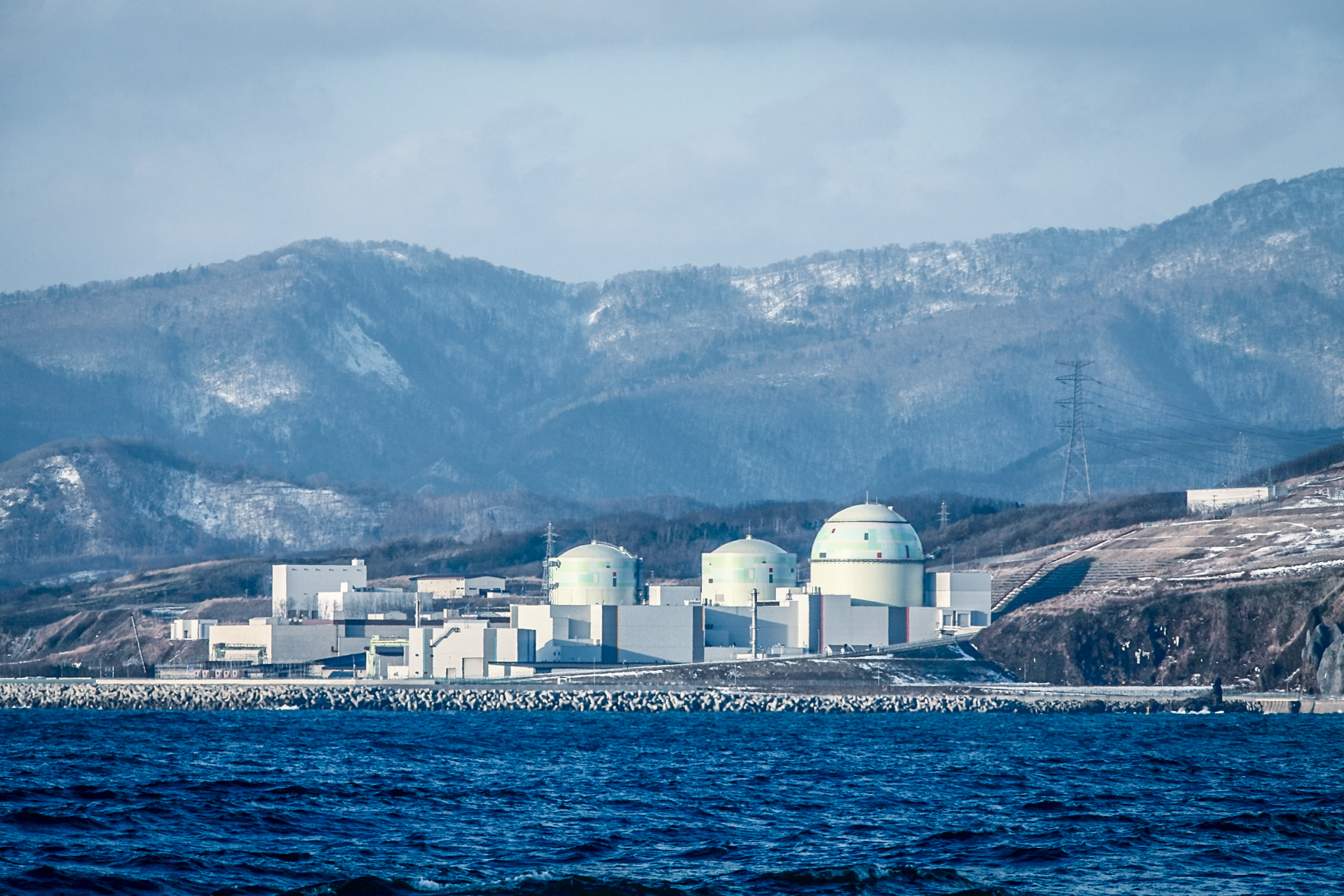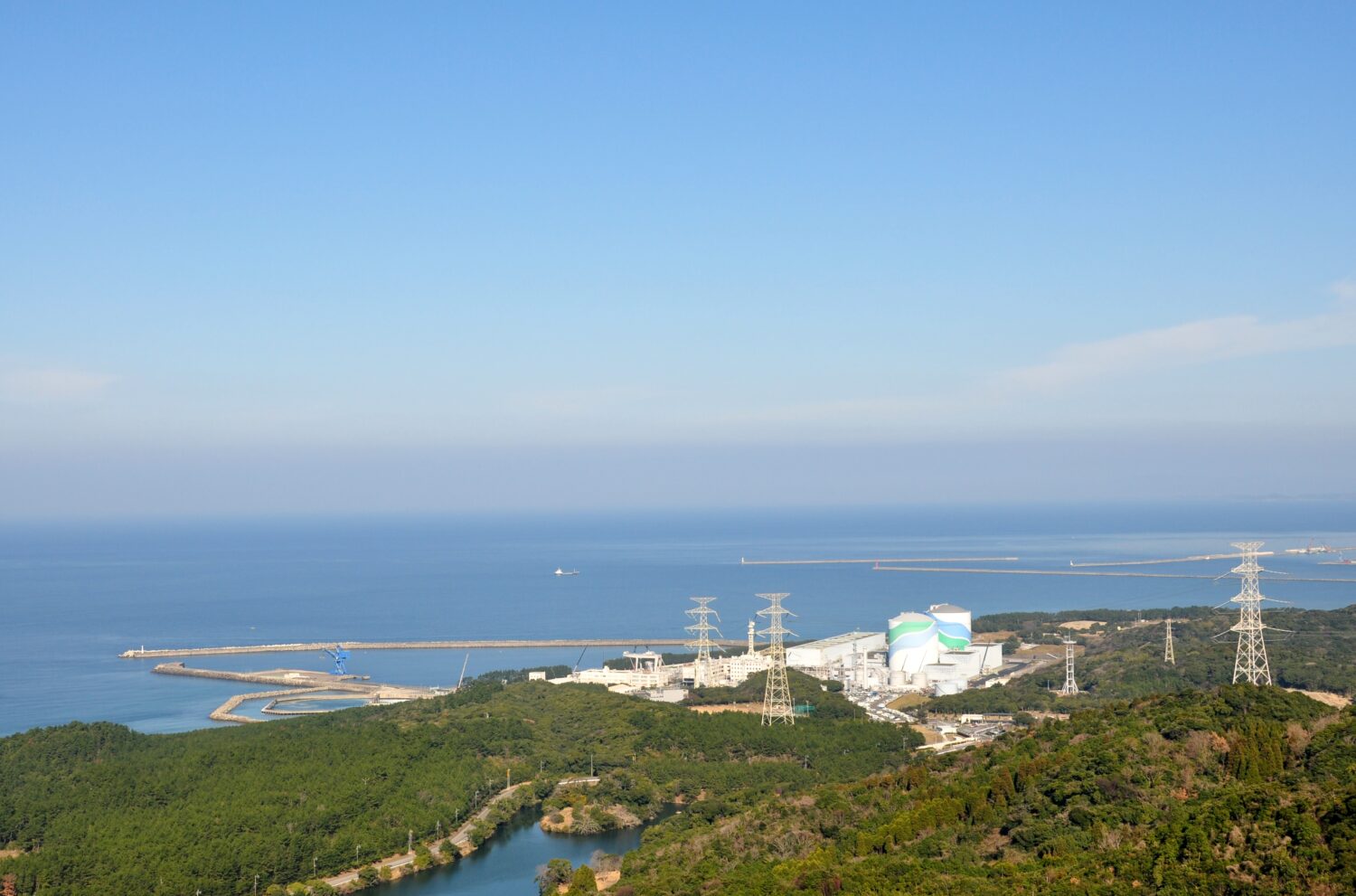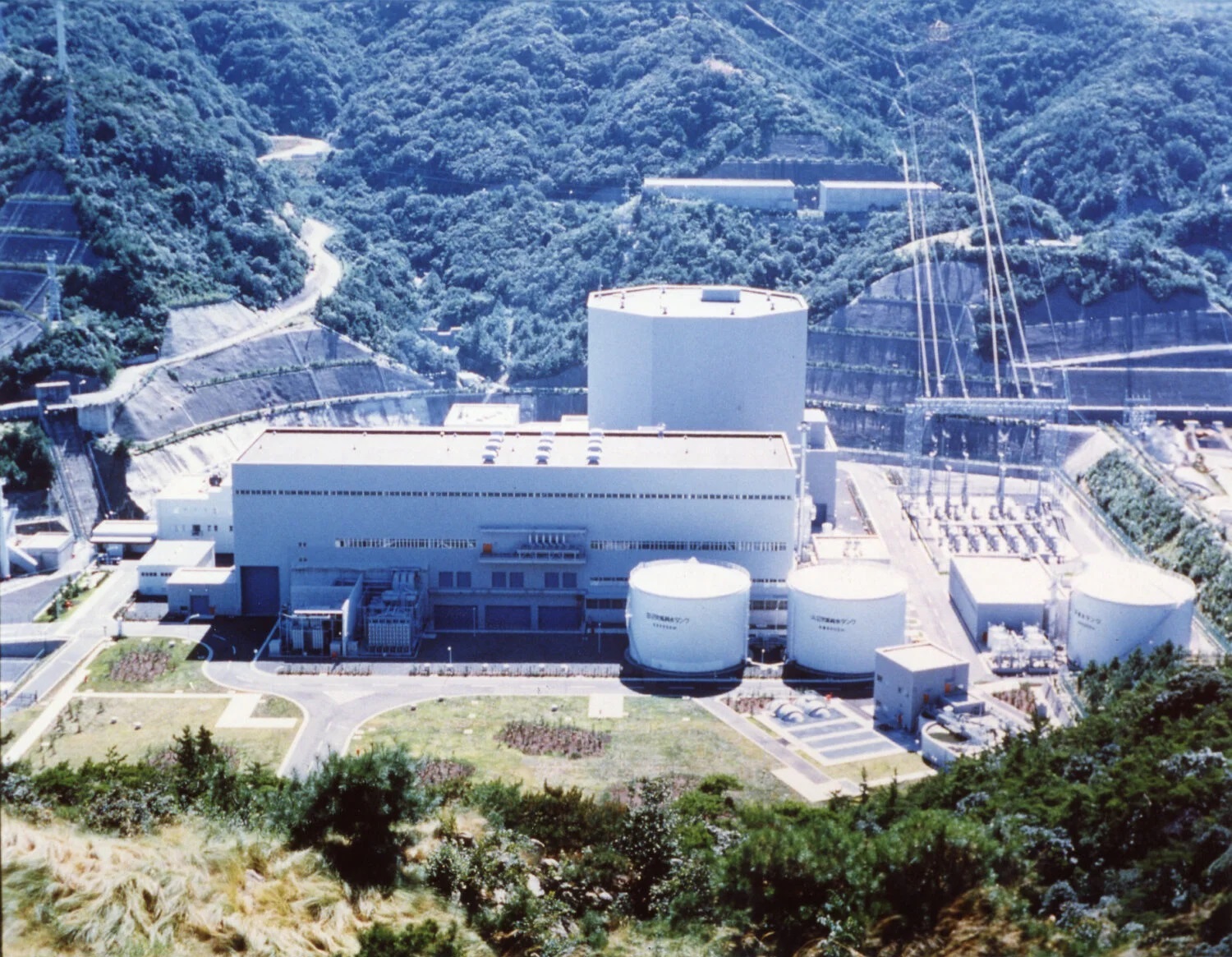Earlier, at its first regular meeting of the new year on January 10, the NRA had placed responses on a timeline based on information gathered from Hokuriku Electric Power, the Tokyo Electric Power Co. (TEPCO), the Kansai Electric Power Co. (Kansai EP) and others after the earthquake.
At that time, Hokuriku Electric Power confirmed that the acceleration response spectrum for seismic vibrations measured at the Shika NPPs, which were not in operation at the time of the earthquake, slightly exceeded design acceleration in some periodic bands.
The NRA will now try to gather and organize further technical information and reflect it in future operations as necessary in NPP compatibility examinations under the new regulatory standards.
At the February 7 meeting, the commissioners exchanged views on increasing mobility in the radiation monitoring system. There were 116 monitoring posts around the Shika NPPs at the time of the earthquake, though data from 18 of them—mainly located beyond a distance of 15km north of the NPPs—were not received at some point (as of February 6, all links had been restored). As part of sharing information with Ishikawa Prefecture, the NRA had already been preparing for monitoring by aircraft.
Based on those circumstances, IMAI Toshihiro, director of Radiation Monitoring Division of the NRA, explained improvements to telecommunications reliability in radiation monitoring and the status of consideration of diversifying the technology. He emphasized the importance of ensuring the safety of staff while monitoring.
Given that the main cause of the data-gathering failure was a telecommunications problem, he said that the NRA, in cooperation with Kyoto University, was developing measuring instruments using the LPWA (low power wide area) standard available for radio communications, something that could provide wide coverage with low power consumption. Practical implementation will be sought, he said, in conjunction with the NTT Corporation, Japan’s main telecommunications firm.
Imai said that the NRA was also considering the development and introduction of a vertical take-off and landing (VTOL) drone that would be immediately available and highly maneuverable in times of disaster. To illustrate such an aircraft, he used the example of the Mat Arrow 2, a disc-type craft appearing in the SFX television series “Return of Ultraman” in the 1970s, emphasizing its vertical and horizontal maneuvering capabilities.
Commissioner BAN Nobuhiko responded that the idea was interesting but expressed concern as to whether it could be applied to complicated terrain. He stressed that improving maneuverability was something that had to be done with the cooperation of private companies.
In terms of risks of losing power sources, Commissioner SUGIYAMA Tomoyuki said, “Measures for loss of functions as a result of common causes are basic in the nuclear field.” He noted that consideration had to be made of means to prevent total failures that were interrelated.
Regarding information dissemination, Commissioner ISHIWATARI Akira said that responses had been a little slow, and thus requested improvements that emergency notifications be made more immediately noticeable on the website. He also asked for quick, specific actions on gathering and considering information on new technologies.


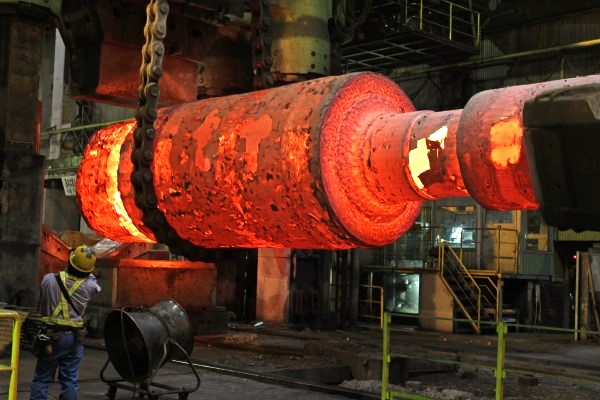








-013.jpg)
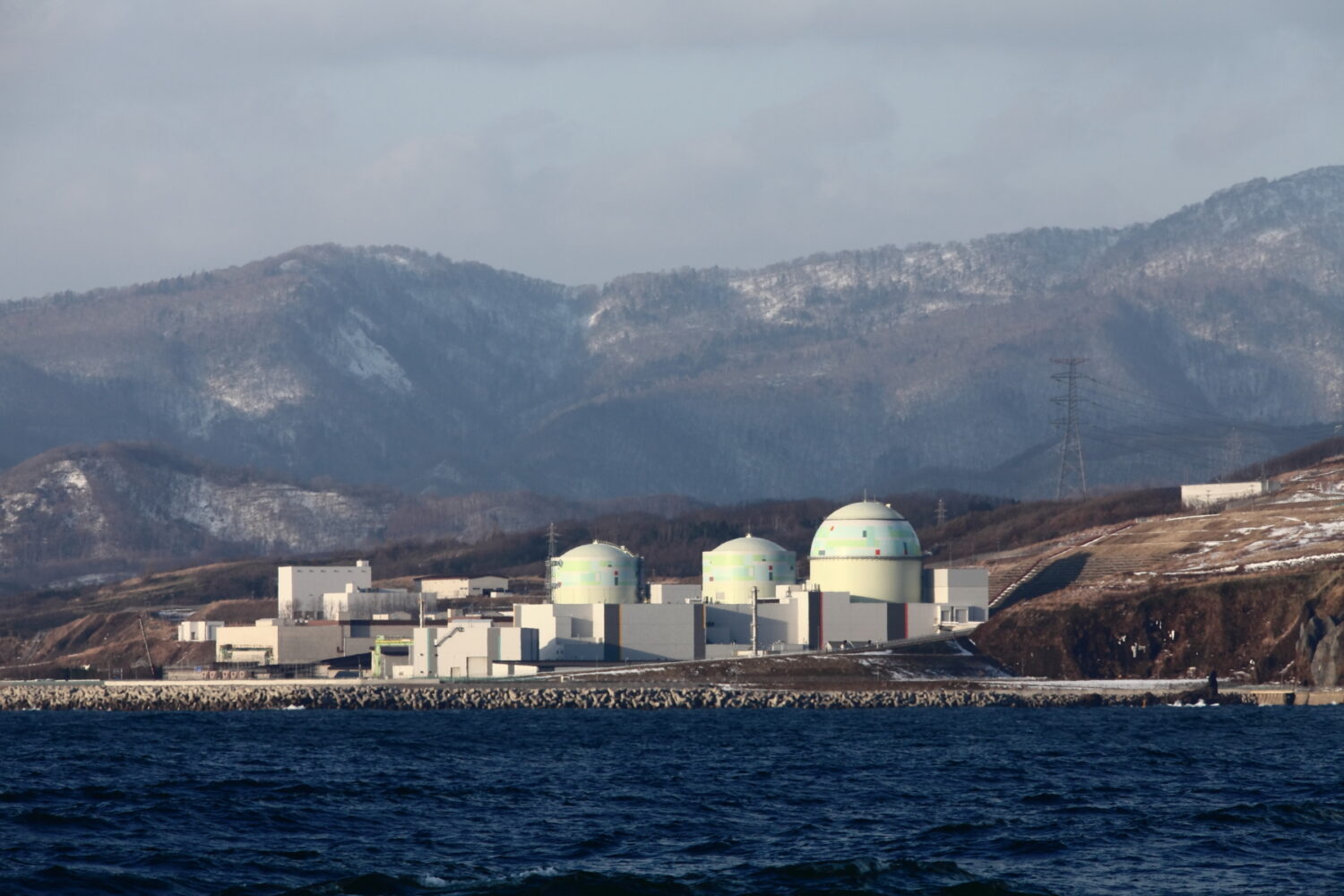
-049.jpg)
.jpg)

